Thanks to the interface that resembles Windows 7, Windows 10 has become increasingly popular. But what if you are facing some problems with a certain program or hardware combinations? A lot of users decide to replace the graphics card, which often leads to the fact that all integrated drivers need to uninstall. In order to do this, you need to know how to uninstall drivers in Windows 10.
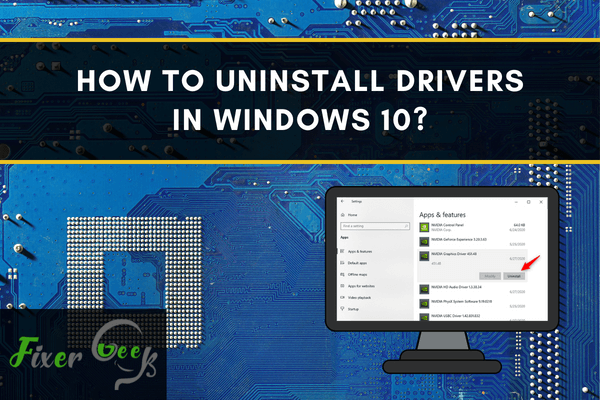
A computer is composed of different circuits that work in a synchronized fashion. The main ‘facilitator’ is the CPU. For every circuit to recognize their ‘presence’ and allow them to coordinate with each other, the computer must be installed with important operational software called ‘drivers’.
As the name suggests, the software enables the operating system to ‘drive’ the circuits to perform their functions. If there is an error, either caused by a technical failure, a virus, or an incompatible version of the driver, the circuit might cease to function or not function as intended.
To prevent further complications, you have to uninstall the drivers installed first before providing the appropriate solution. Below are the steps on how to uninstall the driver.
How To Uninstall Drivers In Windows 10?
Using the device’s uninstaller
Circuits like the graphics card have an installation CD that contains its drivers. If the CD can install the drivers, it can also uninstall them. In case the CD is lost, you can just download an installer online. To check if a certain hardware’s driver can be uninstalled, do the following steps:
- Open ‘Settings’.
- Then, open ‘Apps’.
- From the list ‘Apps & features’, check if the hardware’s driver is shown.
- To initiate the uninstallation process, click the said driver software and click on ‘Uninstall’.
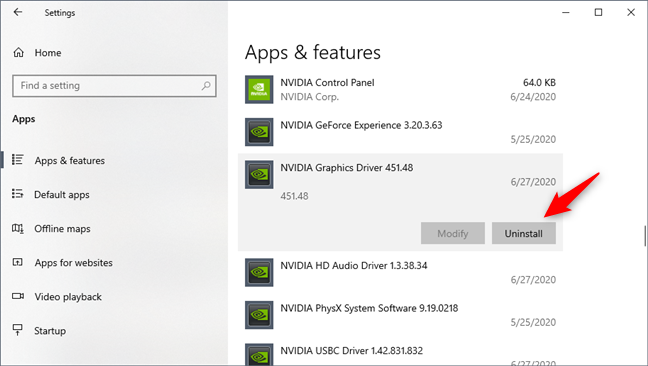
Using Device Manager
Do these steps if the hardware doesn’t have any uninstaller as seen in the previous step.
- On the search box, type ‘device manager’ and select it.
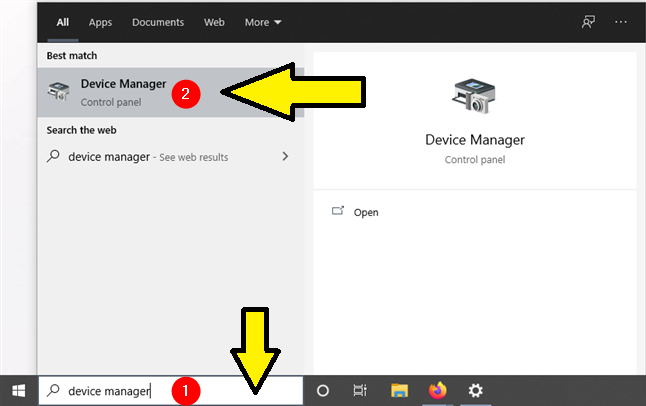
- Once the Device Manager is open, locate the hardware with the faulty driver or the one needing uninstallation. For this procedure, we will use the Nvidia Graphics Card as an example.
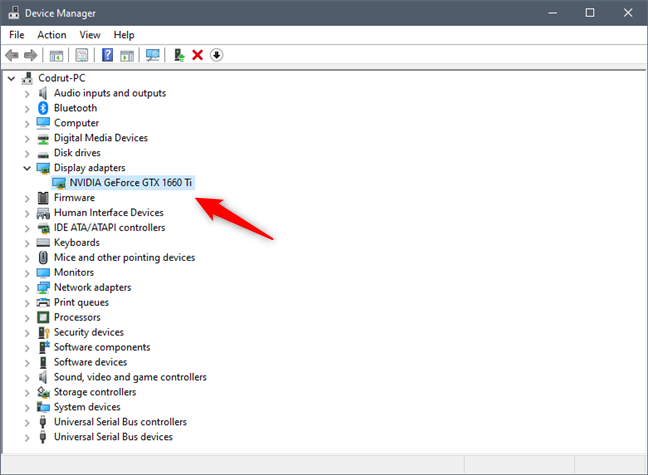
- Select the appropriate device name and right-click on the name/label. When a menu appears, select ‘Properties’. You can also press ‘Alt’ and ‘Enter’ simultaneously on your keyboard.
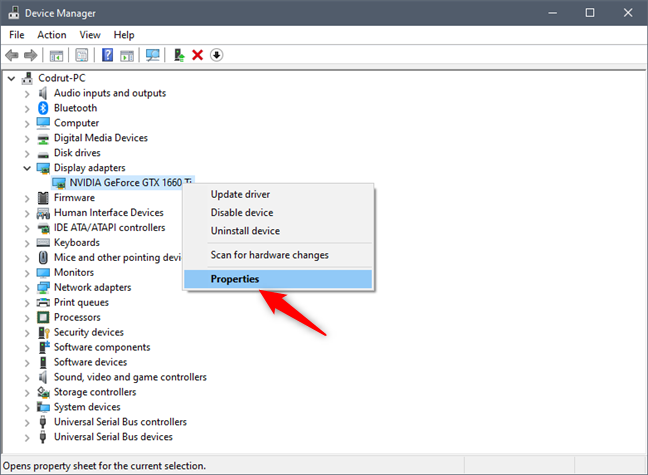
- A window will open showing the device’s properties. On that window, select the ‘Driver’ tab and click on ‘Uninstall Device’.
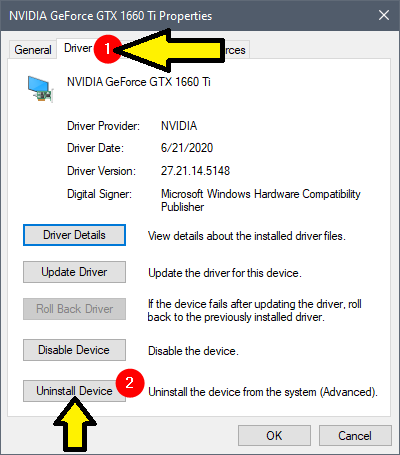
- Afterward, a dialogue box will appear, asking if you are sure to proceed with the uninstallation. Make sure there is a check on the checkbox ‘Delete the driver software for this device’.
- Then, click on ‘Uninstall’.

Turning off automatic updates for drivers
By default, the installed drivers will seek updates if you are connected with the internet. Although it is not necessary to keep on updating the drivers, the settings will just download the latest update and install it immediately. This can be annoying especially when you're busy with something else. To turn off the automated response, follow the steps:
- On the search bar, type ‘advance system settings’ and click on the result with an exact match.
- The ‘System Properties’ window will appear. Select the ‘Hardware’ tab and choose ‘Device Installation Settings’.
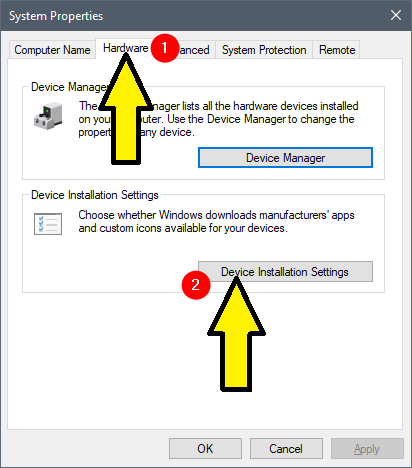
- Another window will appear. In this window, you will be asked if you want to automate downloading and installing for the drivers’ updates. Select ‘No (your device might not work as expected if it is outdated)’.
- After enabling the option, click on ‘Save Changes’.
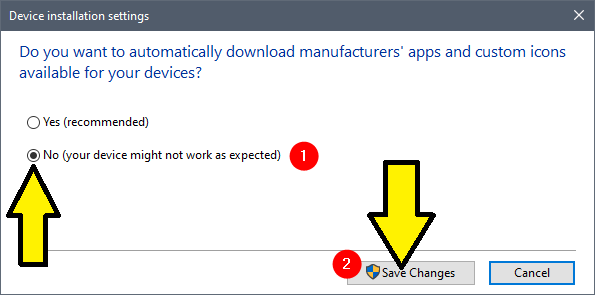
Summary: How to uninstall drivers in Windows 10?
- Go to Device Manager.
- Right-click on the driver you want to uninstall and select "Uninstall device."
- Check the box next to "Delete the driver software for this device" and click "Uninstall."
- If you see a message that says, "Windows has determined the driver software for your device is up to date," click the "Search automatically for updated driver software" link and follow any steps that display if Windows finds new driver software.
- Once you are finished updating drivers, restart your PC and check if your issue is resolved or not. If it is not, then one of the following methods should help you further.
- To uninstall a driver in Windows 10, first open Device Manager, find the device whose driver you wish to uninstall, right-click it and select Uninstall from the context menu.
Conclusion
Uninstalling the drivers should be a basic skill for computer-savvy individuals. It is the fast solution for a lot of device problems and also a requirement when you have upgraded your device to another version or brand. Through the aforementioned steps and with a little bit of familiarity, you can uninstall a driver without any hassle.